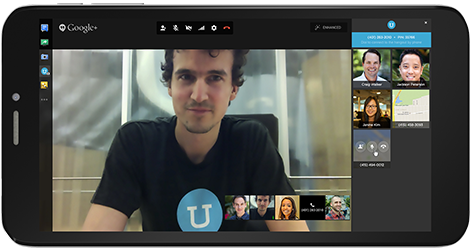Possibly one of the most worrying things for Indian parents is their child’s education. Being a parent myself, I know those sleepless nights when I wondered whether my daughter would ever get admission among the leading schools of Delhi. Now that she is more than half way through school, I have started with the next phase of sleepless nights – will she ever get marks high enough to ensure her a seat in a good Delhi University college? No matter what 3 Idiots might have taught us, passion for learning is all very well, my daughter seems to have a passion for the computer! All I want is for my daughter to succeed in her life, career and, of course, financially. So, how do I help her learn in the best possible way?
How Children Learn

Not just in India, but all over the world, how children learn has been a topic of research since the 1970s, and possibly even before. So, let’s start at the very beginning – as parents, we need to help our little ones start the process of learning right from their toddler years.
Research conducted by Jennifer Zosh, Professor of Human Development and Family Studies at Penn State Brandywine, and published in the Penn State Journal in 2013, demonstrated that toddlers learn better when they are allowed to figure things out for themselves. The study akso shows that “toddlers learn new words more effectively by using their knowledge about the world to infer the label of an object, rather than by simply being instructed and told which word goes with which object.”
While this might be true, it is also a fact that different children have different styles of learning. Knowing how your child learns new things the best can help you guide them in the right way.
Learning Styles

While learning is the way we respond to and understand new stimuli or information, learning style is the way this information I processed by the individual, says an article published by the University of Illinois Extension. It is important to remember that there is no right or wrong style. There are basically three learning styles that studies have revealed:
- Visual Learning: Children who are visual learners learn through watching. They reach out to images from their past when they attempt to remember something. This means that they recall by picturing how things appear in their mind. Research shows that 40% of secondary school students are visual learners.
- Auditory Learning: Auditory learners learn by listening. This means that they are better at recalling things that they have learned via a poem, song or even melody. Since they tend not to visualize well, reading is not a good way to foster learning in them.
- Kinesthetic Learning: Children who learn kinesthetically do so through manipulation and movement. They like to learn about how things work and as a primary school student, might learn better with the use of alphabet blocks to make up words.
The point to remember here is that, as a parent you might have a style of learning that is different from that of your child. However, to be able to best support learning for your child, you will need to know your child’s preferred style of learning. Also, different situations might require different learning styles. For instance, most classes are held through auditory teaching methods. While this might not be a preferred style, you might need to help strengthen this style and then when the child is home, convert it to a visual or kinesthetic form, such as through written notes.
What Should Parents Do?
Children are naturally curious. They love to explore their environment, even if what we see is their need to taste everything that lies on the ground! If we, as parents, nurture this curiosity to explore, we are well on our way to developing a positive attitude towards learning, which will last through their lives. In short, it is our role to motivate them. While psychologists will tell you that there are different sources of motivation at each stage of development, here are some ways that you can keep that fire for learning alive, according to the National Association of School Psychologists:
- The first thing you should know is the difference between intrinsic and extrinsic motivation. While extrinsic motivation works well, it is neither as strong nor as long-lasting as intrinsic motivation. This means that if your child is genuinely interested in a task, s/he will be more motivated to complete it. This is more important than her wanting to complete it only to get a reward from you.
- It is also important to provide a safe environment, where the child is free to explore. Stimulation can be provided with age-appropriate toys.
- Allow enough time for the child to explore, learn how to work things out for themselves, rather than jumping in to help them at the first sign of failure. Success through persistence is a crucial life lesson, as is independence. Of course, this does not mean that you do not set boundaries and limits so that they can learn how to work in a structured manner.
- Present challenges that are reasonable for their age. Overcoming minor difficulties will not be motivating, it can do wonders for their self confidence.
- Children also need opportunities to assess their achievements. So, instead of telling them how well they are doing, ask them to evaluate their work from time to time.
- Rewards do work well, after all. But the important thing to remember is to keep the rewards in sync with the persistence and effort and not merely on successful task completion.
Children Learn when They Play
In India, a play school is less about play and more about academic learning that will ensure that the child passes the rigorous entrance tests that most private schools in the country put those little ones through. This not only defeats the entire purpose of “play” school but actually takes away from the natural ability of children to learn through play.

According to Children’s Advocate, young children test their ideas through play, which is key to academic learning in later life. In addition, through play, they also develop socially, emotionally and physically. Thinking and language has also been found to develop much faster and more easily through play.
So, allow your little one to play. It isn’t time off learning, it is the means of learning! Fortunately, today we have technology helping us with learning through play. For instance, Pinig Tab for Kids comes preloaded with age-appropriate applications for different age groups, starting as early as 2 years. This way, you don’t have to worry about whether your child is being exposed to things at the wrong age while using a tablet, while your child has hours of fun learning new concepts, ideas and skills. So, are you still a worried parent?




